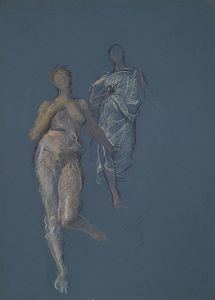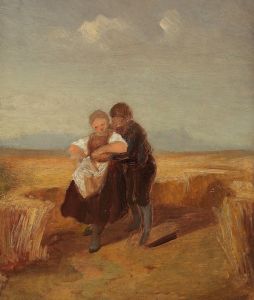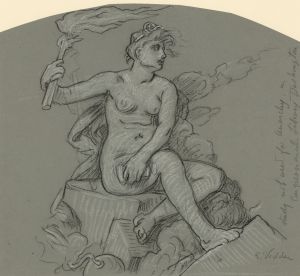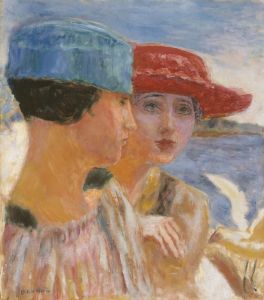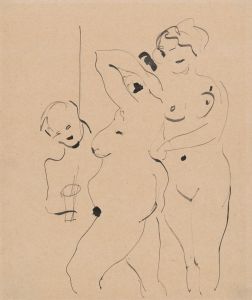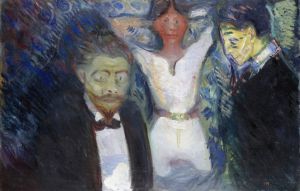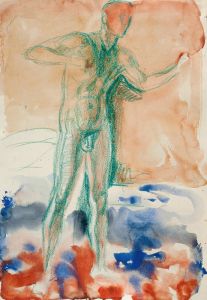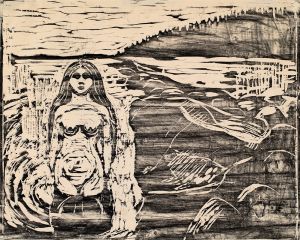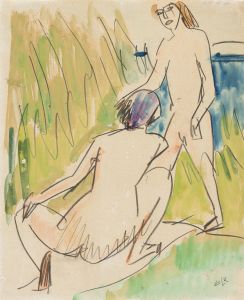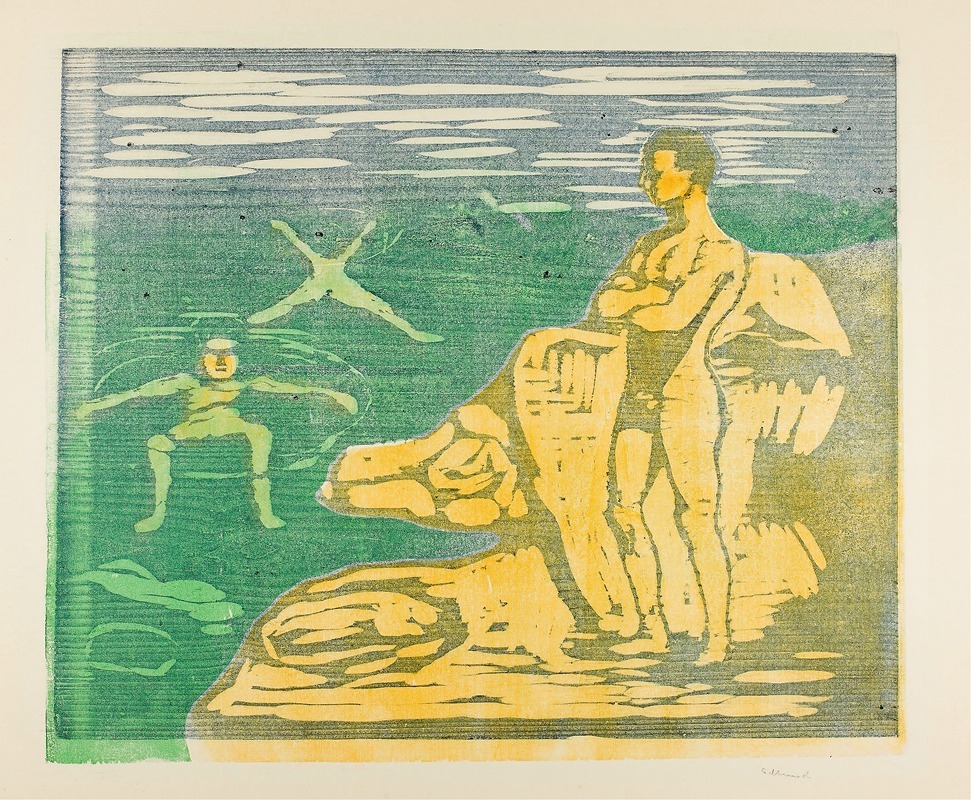
Boys Bathing
A hand-painted replica of Edvard Munch’s masterpiece Boys Bathing, meticulously crafted by professional artists to capture the true essence of the original. Each piece is created with museum-quality canvas and rare mineral pigments, carefully painted by experienced artists with delicate brushstrokes and rich, layered colors to perfectly recreate the texture of the original artwork. Unlike machine-printed reproductions, this hand-painted version brings the painting to life, infused with the artist’s emotions and skill in every stroke. Whether for personal collection or home decoration, it instantly elevates the artistic atmosphere of any space.
"Boys Bathing" is a painting by the renowned Norwegian artist Edvard Munch, created in 1904-1905. Munch, best known for his iconic work "The Scream," was a pivotal figure in the Symbolist movement and a precursor to Expressionism. His works often explore themes of existential angst, human emotion, and the complexities of life.
"Boys Bathing" depicts a group of young boys swimming and playing in a body of water, likely a lake or a fjord, surrounded by a natural landscape. The painting captures a moment of youthful exuberance and freedom, a stark contrast to the more somber and introspective themes that dominate much of Munch's oeuvre. The boys are depicted in various poses, some diving into the water, others swimming or standing on the shore, all rendered with a sense of movement and vitality.
The composition of "Boys Bathing" is characterized by its dynamic use of color and light. Munch employs a palette of blues, greens, and earthy tones to convey the natural setting and the shimmering surface of the water. The brushwork is loose and expressive, contributing to the overall sense of energy and spontaneity in the scene. The painting's background features a landscape with trees and hills, rendered in a more subdued manner to keep the focus on the boys and their activities.
Munch's choice of subject matter in "Boys Bathing" reflects his interest in capturing everyday life and the human experience. The painting can be seen as a celebration of youth and the simple pleasures of nature, a theme that resonates with the broader context of Munch's work. Despite the joyous subject matter, there is an underlying sense of transience and the passage of time, a recurring motif in Munch's art.
"Boys Bathing" is part of Munch's broader exploration of human life stages and emotions. It stands out as a lighter, more carefree piece within his body of work, offering a glimpse into a different aspect of his artistic vision. The painting is housed in the Munch Museum in Oslo, Norway, which holds the largest collection of Munch's works and serves as a testament to his enduring legacy in the art world.
Edvard Munch's influence extends beyond his native Norway, impacting artists and movements across Europe and beyond. His innovative use of color, form, and psychological depth has cemented his place as one of the most important figures in modern art. "Boys Bathing" exemplifies his ability to capture the essence of human experience, making it a significant piece within his extensive and varied portfolio.





